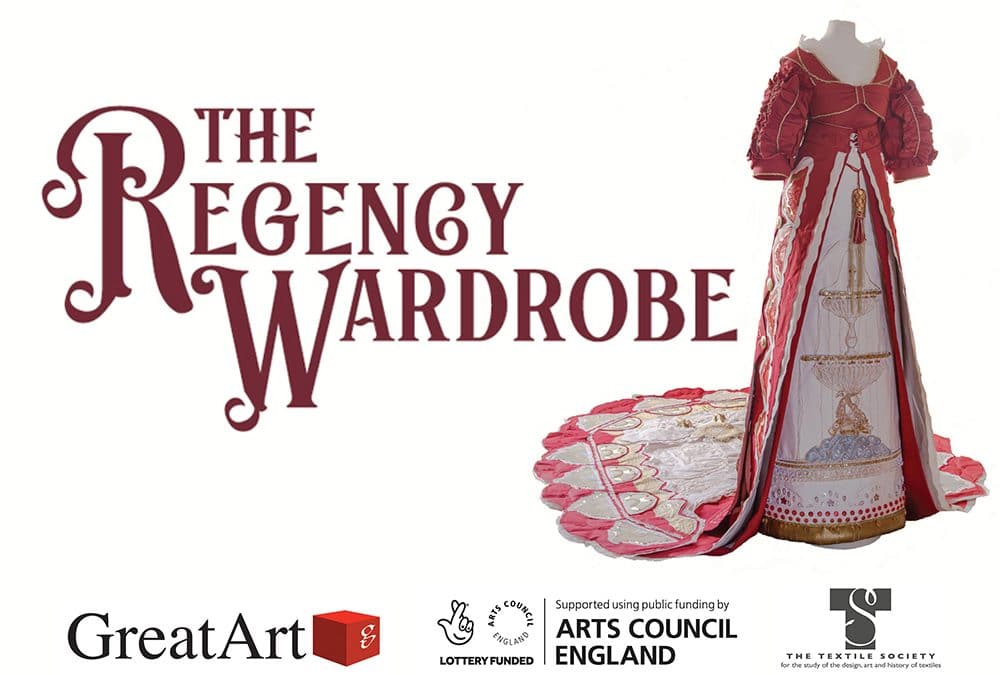At the end of 2019, Artist Stephanie Smart began a 15 month period as Artist-in-residence at The Regency Town House, Brighton & Hove. There, with the help of town house volunteers, she began to develop The Regency Wardrobe collection.
The Regency Wardrobe is centred around 11 life-sized outfits, complemented by 12 accessories, four wall-hangings and a jewellery box. Each garment produced is a work of paper textiles, created using only paper and thread; inspired by period and place, history and story.
The Regency Wardrobe Exhibition is on display from Sat 16 Apr – Sun 07 Aug 2022 within Worthing Museum. Read on to find out where the inspiration came from that created this fascinatingly intricate exhibition.
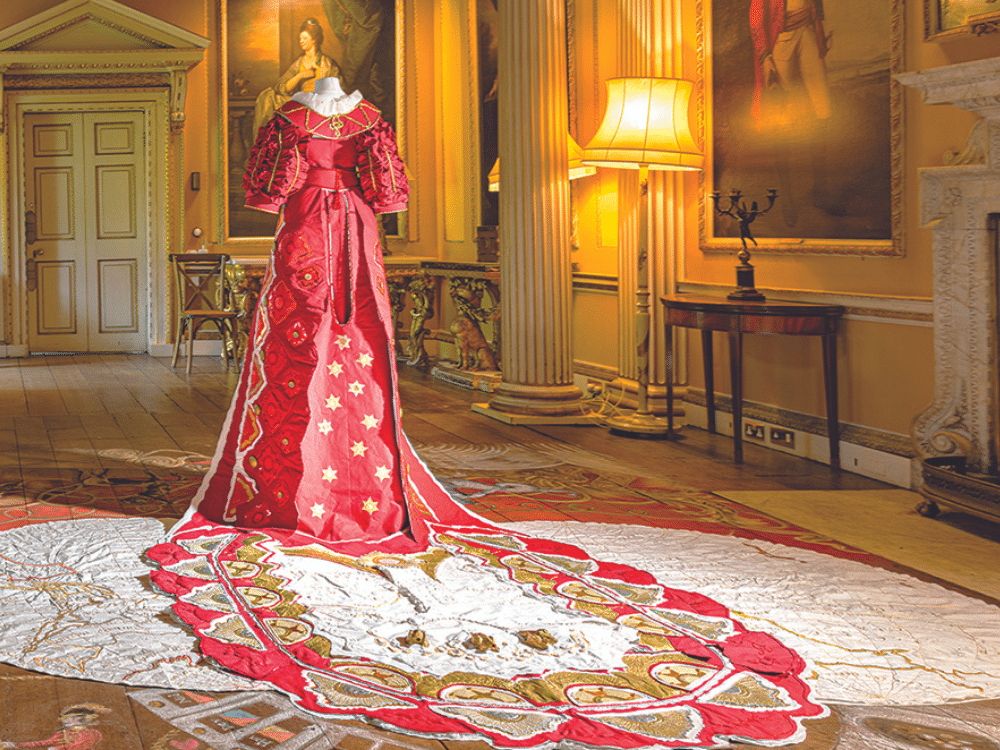
What led you to become an artist?
I’ve just never been anything else.
Where did your love for using paper as a medium for garment construction come from?
I first saw a paper kaftan that had been made for a Sultan, displayed in a museum in Istanbul. It was covered in Koranic script and geometry. It was very beautiful but had been made for him to wear, under armour, into battle, to remind him of his spiritual duty. I was fascinated by the juxtapositions implied by this. That is, that a fragile medium like paper might be worn over a fragile human body, under metal, on a battlefield. I was also interested in the idea that one might wear something normally ephemeral and internal, such as one’s spiritual faith, on the surface of ones clothes for others to see and read.
I’d just finished a postgraduate degree in cosmology and philosophy. I’m interested in the relationship between the microcosm of the human body and mind and the macrocosm that is the world. I’m interested in how these two relate. I started wondering what it would be like if more of our internal lives – our life stories, memories, thoughts – were written on the surface of our clothes. The shape of the kaftan also seemed to me reminiscent of a papery hospital gown, of the sort that we wear when our bodies are at their most vulnerable.
I had, up until that point been a glass artist, so I was used to working with fragility and translucency. At the time I didn’t have a studio space suitable for glass work so I started playing with paper at home and found that it has these same two characteristics. As is also true of glass, however, paper demonstrates unexpected strength if you work with it, rather than against it. And it has the capacity to be dense, opaque, so it has the ability to both reveal and conceal. Paper is a more readily available canvas than glass, it is easy to decorate. I like to draw and write and can do both of these with immediacy on its surface.
Paper allows me to easily collage. I have begun to see human beings as layered, collated, collaged works of art and I try to reflect this through making paper garments of a sort that a body might just have stepped out of.
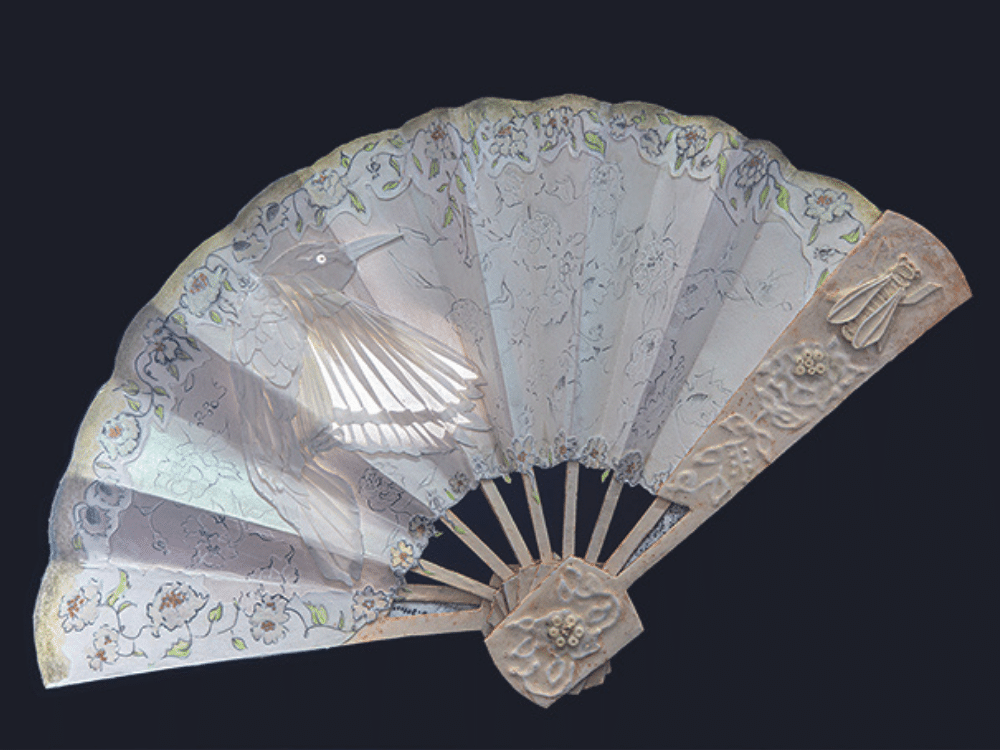
What was the inspiration for this exhibition?
It was a residency in London that allowed me to first properly experiment with producing flat garments. However, it was my first 3-dimensional collection that saw me tying in with a local historical venue. Whilst artist in residence there I began also linking (via clothes once worn) with the real life stories of actual people. A visitor to the exhibition of that work suggested I might tie a project in with The Regency Town House, Hove. In the end I became artist in residence there and began to learn about the period. I worked with a number of the Town House’s team of volunteers, getting their help making elements of the final pieces and with the research. I approached Worthing Museum in order to see real garments from the Regency era. I then approached the Royal Pavilion and was granted special access to photograph some of the building’s internal decorative elements; these would eventually feature in the decoration on some of the garments. I went on to carry out extensive research into Regency era fashion and the national and social history of the time. With help I found details of real people from the period who I could link certain pieces to, the research venues increased in number as did the people involved, the project just grew and grew.
As well as being aesthetically stunning and intricate, is there a deeper meaning to your work that you’re aiming to express in this exhibition?
My ambition for every piece I make is that it be aesthetically beautiful, intellectually stimulating and technically ambitious. I believe in the art of looking, really looking at the world, until one is almost looking through it. I believe in the power of beauty to help raise the soul. I believe in the benefits to the human mind of intrigue and learning. I also believe in pushing the limits of materials, to see what they can do and what that can tell us.
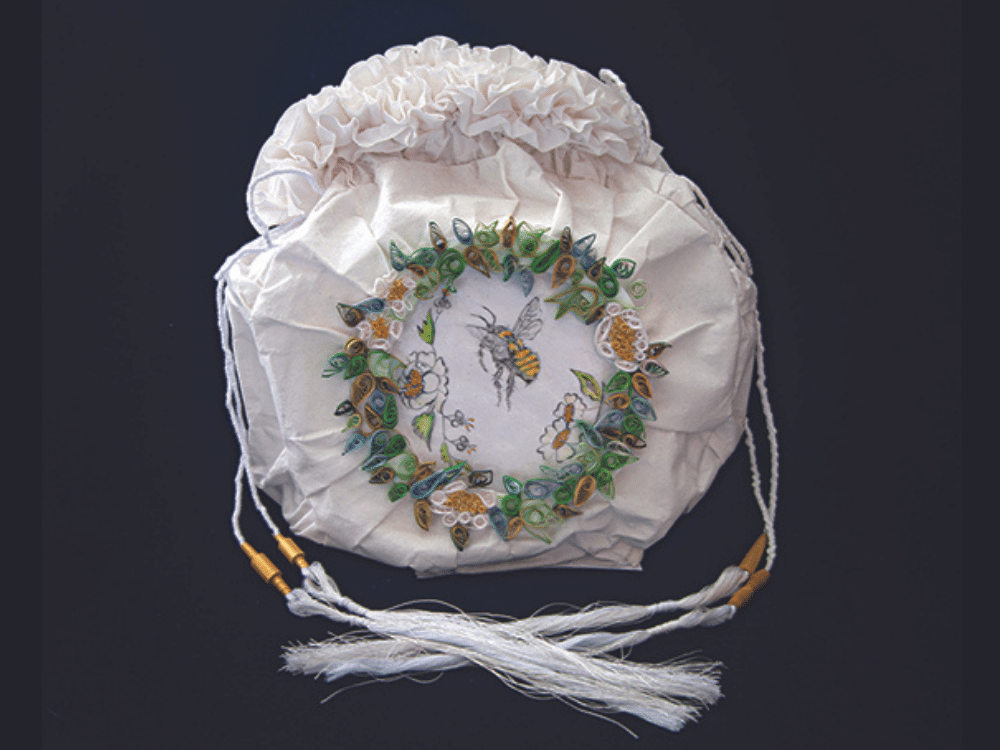
Do you have a favourite garment within the collection?
I was pleased in the end with the two military uniforms. One is on a shorter more squat, mannequin, the other on a taller thinner form. I have no training in fashion or pattern cutting. I don’t know how to make a garment that anyone can actually wear. I see each garment as a sculpture and work on it accordingly. I make visits to see actual garments from the historical period I’m interested in but the material process of making any single piece is more about staring at images in the form of drawings or photographs, then working out how to reproduce the general shape of that garment by eye, whilst at the same time adapting it according to my own design. In this case I tried to make the naval jacket first, it can now be seen at the Royal Pavilion, but for ages I couldn’t get to grips with the shapes involved in its construction. At that stage I only had the shorter mannequin available. Finally I realised that it was the length of the lines of the real Regency frockcoat in the image before me that were sending me astray. In the photo it was being displayed on a taller, thinner mannequin and the proportions were different. So I got a tall, slim form and immediately the construction made sense and the jacket I was making just worked. The smaller mannequin is now beneath the red jacket on show at Worthing Museum. It is inspired by Napoleon Bonaparte and his actual body shape tied in with it nicely. But it’s the finishes I’m particularly pleased with, on the Napoleon inspired jacket the gold trim is made from greaseproof paper and embroidery thread, for example. Also I love the way the research came together and the links I was able to make to real male figures from the time.
On average, how long did each piece take to create?
Up until the end of last year I found that question impossible to answer. All I knew was that I had produced eleven mannequins, 12 accessories, 4 wall-hangings and a jewellery box in (a very concentrated) 2 and a half years, but I had had nearly all of these pieces in my mind from the start and had been working on different stages of all of them across that period. Last November the Royal Pavilion commissioned an extra piece, a Court dress. It is certainly the grandest piece in The Regency Wardrobe collection but every piece is time consuming in its own way. I began making that dress in mid November 2021 and finished it the day before I delivered in at the end of February 2022. So now I can say that the informal answer to the question of timing is that every piece will always take every moment I have available to me, because I have a tendency to keep on adding extra layers of detail. Officially I made that particular Court dress in 3.5 months. But I did have help from my volunteer team, they produced 90 platinum coloured stars for example, each one hand-made from the rolled paper technique called quilling. Without their help, if you include the research and the documenting of that research both of which are integral to what I do, then I believe this piece alone would have taken 5 months to produce.
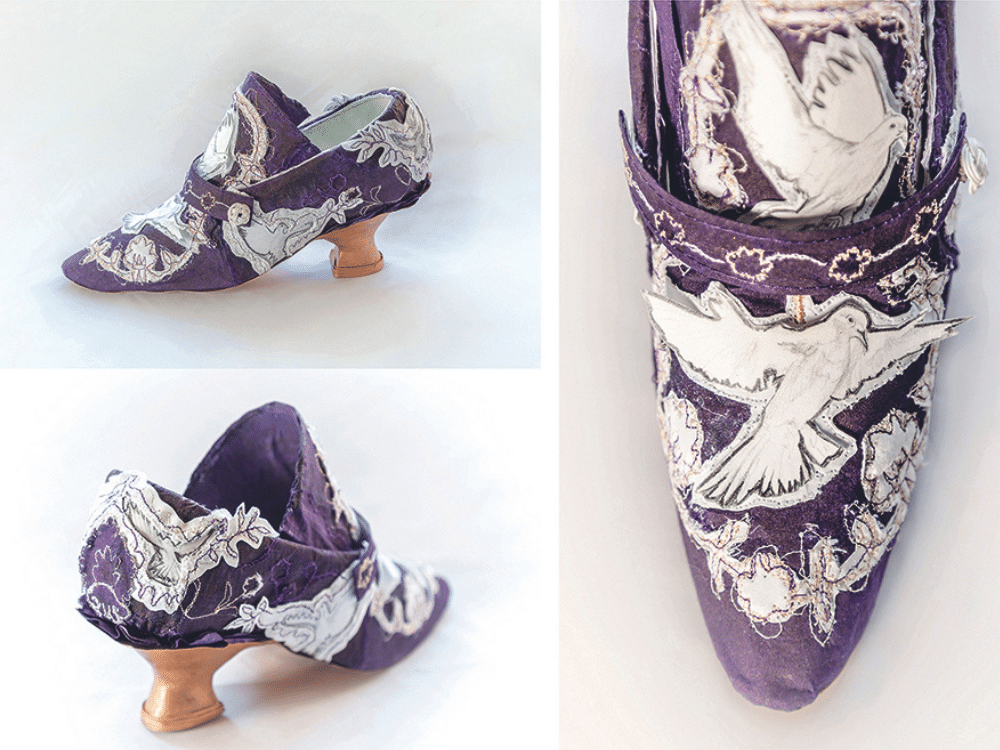
Was there any part in the creation process of each garment that was particularly challenging to produce?
Absolutely every piece has gone through various stages of not working. Every piece has presented brand new challenges and given me new things to figure out. Having never made the exact piece I am working on before I am learning and developing new ideas and methods every time. Of course there are certain working practices I can regularly adapt but trying to mimic the look of a new combination of design and decorative elements from paper, of a sort that would normally be produced in fabric, means that every time, to a large degree, I am making it up as I go along.
What do you hope audiences will take away from seeing The Regency Wardrobe?
I hope they will have been visually uplifted, intellectually intrigued and materially challenged.
The Regency Wardrobe Exhibition is open to the public at Worthing Museum from Sat 16 Apr – Sun 7 Aug 2022 and is FREE for visitors to come and see. For more information click here.

